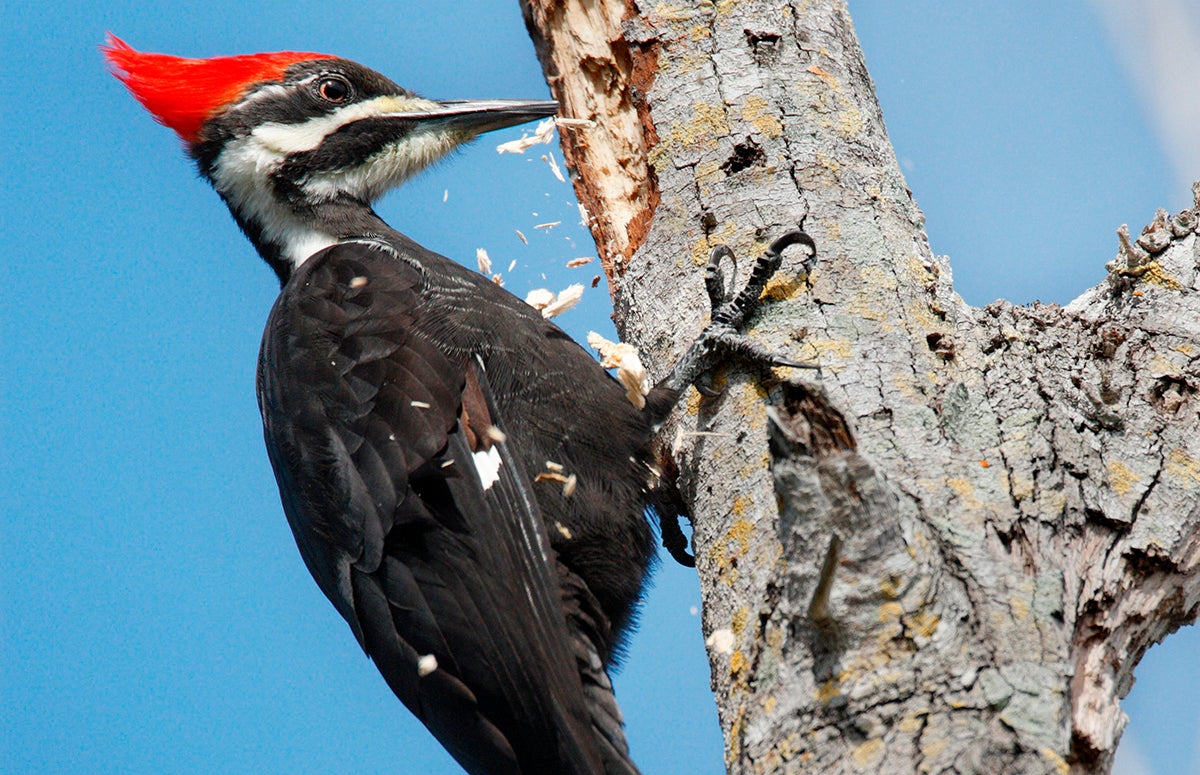Discover the Fascinating World of Woodpeckers: Everything You Required to Know
The globe of woodpeckers is a world filled with one-of-a-kind behaviors, elaborate adjustments, and a varied selection of species. From their environments and distribution patterns to their feeding behaviors and specialized physiological attributes, woodpeckers have actually long captivated the rate of interest of ornithologists and nature enthusiasts alike.
Woodpecker Habitats and Distribution
Woodpeckers populate a varied range of environments worldwide, showcasing adaptability in their circulation patterns. These resilient birds are found in forests, forests, savannas, and deserts across different continents, demonstrating their capability to prosper in various climatic problems. In The United States and Canada, for instance, woodpeckers can be found in both coniferous and deciduous woodlands, utilizing their strong beaks to forage for insects and create nesting cavities in trees. Similarly, in Africa, certain woodpecker species have adjusted to dry atmospheres, such as the acacia forests, where they play a critical duty in regulating insect populaces.

Feeding Behaviors and Diet Plan
Woodpeckers utilize their solid beaks to drill into the bark of trees, penetrating for pests and larvae hidden below the surface. In enhancement to bugs, woodpeckers also take in nuts, seeds, fruits, and sap.
Woodpeckers are known for their drumming actions, which offers not only to communicate with various other woodpeckers yet additionally to find food. The quick drumming sound is created by the bird pecking on powerful surface areas like dead trees or steel poles. This behavior can attract bugs concealed in the wood, permitting the woodpecker to identify their existence and feed upon them.
Unique Adjustments for Tree Climbing
In their adept pursuit of bugs concealed within tree bark, woodpeckers have progressed exceptional anatomical features that equip them with distinct adjustments for reliable tree climbing. Woodpeckers have solid neck muscles and an unique skull structure that absorb the impact of constant pecking, allowing them to climb vertically without causing harm to their brains. These adjustments display the unbelievable transformative layout that makes it possible for woodpeckers to browse trees with accuracy and effectiveness.
Diverse Woodpecker Types Worldwide
With over 200 different types spread across numerous environments worldwide, the family members of Picidae includes an impressive variety of woodpeckers. These birds can be discovered in forests, timberlands, savannas, and also urban locations, showcasing visit their website their versatility to different environments. From the iconic Northern Flicker in The United States And Canada to the vivid and elusive Crimson-backed Flameback in Asia, each woodpecker species shows one-of-a-kind attributes in terms of plumage, actions, and environment preference.
Woodpeckers differ substantially in dimension, with the small Downy Woodpecker measuring around 6-7 inches in size, while the powerful Lineated Woodpecker can rise to 17 inches - Woodpeckers in Florida. Their beaks additionally are available in different sizes and shapes, reflecting their feeding behaviors. Some types specialize in removing bugs from tree bark, like the Acorn Woodpecker, while others, such as the Black-cheeked Woodpecker, feed on fruits and seeds

Conservation Initiatives and Obstacles
Conservation initiatives for woodpecker populations are crucial in alleviating the influence of environment loss and various other hazards facing these diverse avian species. Woodpeckers face various challenges to their survival, mainly because of deforestation, urbanization, climate modification, and invasive species. To deal with these problems, conservation efforts concentrate on safeguarding and bring back woodpecker habitats, executing sustainable forestry practices, and raising awareness about the importance of these birds in ecosystems.
One significant challenge in woodpecker conservation is the fragmentation this link of their environments, bring about separated populaces that are a lot more prone to termination - Woodpeckers in Florida. Preservationists function to develop wildlife hallways and safeguarded locations that attach these fragmented habitats, enabling woodpeckers to move in between various areas for feeding, reproducing, and shelter

Conclusion
In final thought, woodpeckers are fascinating birds with distinct adaptations for tree climbing and feeding habits. They can be discovered in varied environments worldwide, dealing with preservation difficulties because of environment loss and human tasks. Comprehending their habitats, diet plans, and habits is important for conservation efforts to safeguard these essential bird species. Further research and conservation activities are required to make certain the survival of woodpeckers in the wild.
Comments on “Woodpeckers in Florida: Natural History, Ecology, and Conservation”